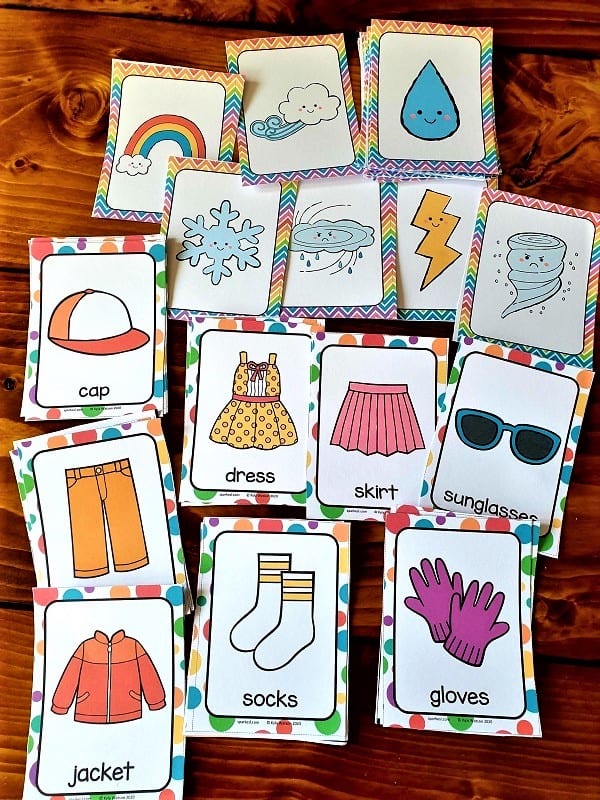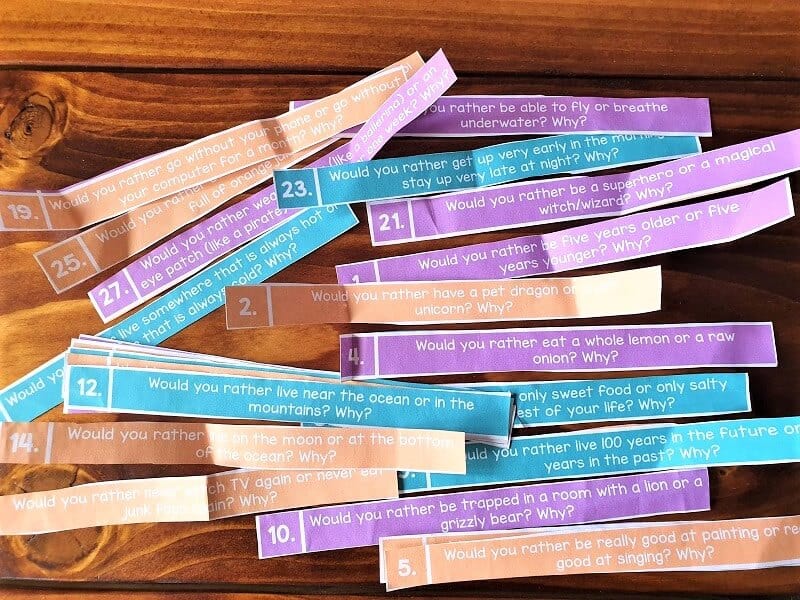My Top 10 TEFL Resources for Online Teaching
A treasure trove of exciting resources is essential for your TEFL online classroom.
Why is it important to have a range of resources for teaching English online?
Having a toolkit of goodies catapults your student’s learning experience from mediocre to excellent! It ensures your lessons are always fresh, engaging and most importantly superstar fun!
Using a wide range of activities is also a great way to break up your sessions. My lessons are just 25 minutes, and although this may not seem very long, but if you rely on the courseware, it can be an arduous slog if you have beginners or very young students!
A great tip is to break the session up into a starter, main and plenary using different resources. I talk more about this here.
A toolkit of resources also helps you to reinforce key concepts in a way that suits your students’ style of learning. We all learn differently and by creating a multi-sensory approach to learning you ensure your students get the best learning experience possible!
You will also notice that most of these resources are light and offer a variety of uses which makes them great for travelling.
Where do I get my resources?
You don’t need to spend much money, most of my resources have come from eBay and second-hand shops.
Many of my paper-based resources come from Spark ESL – this is a company created specifically for teaching EFL online. The resources are cheap, colourful, imaginative and easy to use.
Also, if you sign up and become a member you get a freebie each month!
Perfect for a regular revamp of props to keep your classroom fresh!
My Top 10 Resource Toolkit
Here are my favourites (in no particular order):
1. Flashcards
Flashcards are amazingly versatile! Here’s a few examples of how you can use them:
- Teach key vocabulary – flashcards help to review and reinforce vocabulary from the lesson. Learn more about the importance of reinforcing here.
- Use as sentence starters – e.g. ‘what fruit is this?’ ‘apple’ ‘What’s your favourite fruit?’
- Spellings – show the card and ask how to spell it
- Games – e.g. show 5 cards, turn them over and ask the student to recall, or choose 5 cards and ask the student to tell a story with them….
I love Spark ESL’s flashcards because they are super cute!
I also love them because there are two sets for each category – one set with the word directly underneath the picture and an another identical set with just the picture and the word on another card (see tomato below).
I tend to use the image & word with students who have just started learning the vocabulary, and the picture only cards to assess their learning.
Another big bonus with these flashcards is that there are lots! This is great for expanding vocabulary.
Let’s take occupations for instance – there are 40 to choose from (both male and female)!



2. Whiteboard & Coloured Pens
Without a doubt your most useful tool!
Every teacher must have a magnetic whiteboard! Great for quick games, spelling, demonstrating letters, pictionary and the odd doodle!
I have 3!
3. Reward Charts

Reward Charts are a must if you’re teaching little ones!
Learn more about the benefits of Reward Systems here.
I use a whole range of reward charts, including ones that I have made myself and some that I have purchased.
3. Seasonal & special occasion activities
I really like to use activities that mark special occasions and seasons. It not only adds diversity to the lesson but they are also great for discussing differences between you and your student’s country.
Check out the fabulous range of seasonal and festive activities from Spark ESL! Think of on occasion… Halloween, Christmas, Thanksgiving, Valentines… You name it… there’s probably a resource for it!

4. Would you rather…
You can tell how much my students love these by how well used these little tabs of paper look!
When I first downloaded this freebie from Spark ESL, I didn’t bother using card, because I wasn’t sure if they would go down too well, but my older students love them!
I have one girl, who constantly asks to do the ‘funny questions’ (as she calls them!)
You never can tell what will be a successful resource and which ones will fall flat. I’ve spent ages before making a resource that I thought was a super cool idea, but to just see the tumble weeds roll when I try and use it!
5. Large Dice

Yes, I know this may seem strange! What can you do with large dice?? Many things, my friend, many things….
Examples:
- Simple recall of numbers – for very beginners!
- Playing games – throw dice, and which ever number it lands on relates to a question or a task that you have already prepared (see number 6 below).
- Recall vocabulary – throw one dice for a category e.g. 2 = fruit, 3 = occupations etc. Throw dice again and the number equates to how many fruit the student must recall e.g. ‘name 5 fruit’ (or have two dice to make it harder!)
- Games – each number = a different game or activity e.g. 1 for song, 2 drawing game, 3 for tic tac toe etc.
Children love the element of surprise!
6. Coloured Paper

Again so simple and so cheap… but there is so much you can do with a few pieces of coloured paper!
Examples:
- Teach colours – yep unsurprisingly using colours to teach colours works well 😊
- Red, amber, green questions – easy, medium, hard – my students love this, especially when I add a point system!
- Different colour = different category e.g. red = fruit, blue = clothes, yellow = weather – learner picks a colour and has to give you examples from that category (differentiate according to ability). You could even throw the dice to specify how many they have to say!
8. Magnetic Books
I have mentioned my love of magnetic books in a previous post! They are so much fun and great for teaching vocabulary, questions and prepositions.
I use these as both a reward chart and reinforcing key vocabulary from specific lessons.
However, I have to say that magnetic books use to be everywhere when my son was little but they seemed to have vanished, and have been surreptitiously replaced with sticker books! I got all of mine from eBay.

9. Lily & Dan
Meet Lily Ladybird and Dan Dog, my favourite well-travelled ladybird and dog!
Lily and Dan like to sit in on some of my lessons and give me a hand when I have young students. It’s amazing how well Lily teaches now!
These two are lightweight, and often find their way into my suitcase when I’m teaching on the move!

10. Background
Okay so this is not a resource specifically, but it’s crucial! Your background is your classroom and it’s where you can get really creative!
Your background can form part of your teaching, for example you may have the alphabet, a map of the world or numbers to refer to. It enables your teaching to be less static, which is important in an online environment.
I tend to change my background with the season. Last autumn for instance I made a big tree with lots of yellow, green and red leaves – the students got to choose their colour and specify where to place the leaf on the tree. It was a great way to engage them, and as always practice key vocab!
I also jazz my background up for special occasions, such as Christmas & Chinese New Year.


Read more on Teaching EFL online:
Open the Door to the World with The TEFL Academy
How To Be A Great Online English Teacher
Other blog posts you may enjoy:
Freelance, Freedom & Flexibility! Build a Mosaic Portfolio Career and ditch the 9-5 for good!!
10 Online ESL Teachers (past & present) share their stories
Teachers: 10 Freelance Alternatives to the Classroom
Also featured on:
Design a Flexible Portfolio Career to Fund Your Travels (Holly Worton’s Podcast)
Mary Fenton’s Tips From Ten Successful Location Independent Business Owners
Pin it…save it for later




